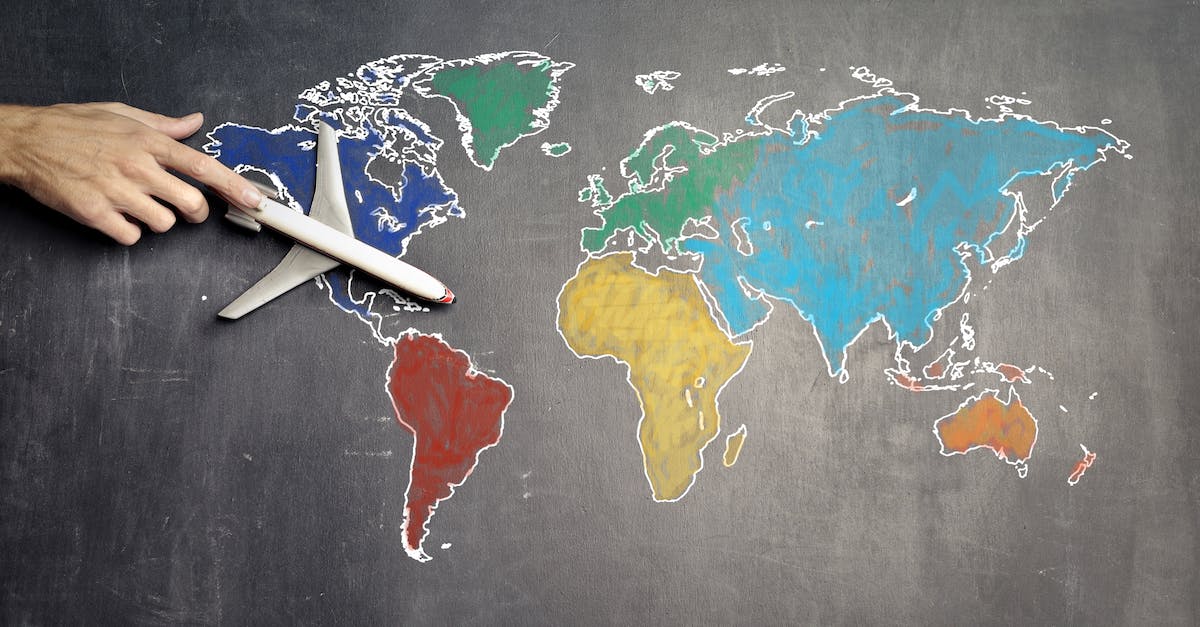The pandemic has changed business travel forever.

While business travel is unlikely get back to pre-flu level, some companies have discovered the benefits of the use of telemeeting. For example, telemeetings can drastically cut costs. If the COVID outbreak is eliminated and the country has become safe for travel the majority of people would like to embark on excursions and take part in nice events. Yet, up to that point, there will be some uncertainness.
The business traveler who stays overnight is likely to prefer to travel in conjunction with their colleagues.
The industry of business travel is still experiencing a slow recovery, but Ziegler thinks that 2022 will be the year that the overall level of travel could increase to 77% from its pre-pandemic size. Ziegler is cautiously optimistic even though there are many factors that might hinder business travel. One of the most significant issues is rising health care costs or the need for staffing. As of now there are more countries that are loosening restrictions on travel.
Industry events and conferences will return
This may be surprising the fact is that attendance at conferences are back increasing, and with the right reasons. It is a return to normal conference attendance after 10 years of decline. This has been due to health concerns that were caused by Ebola. The fact is that nearly 50 percent of American employees consider conferences in person to be “irreplaceable,” and eighty-one percent of those who missed work-related PMEs prior to the outbreak will likely attend them in the future. Recovery plans for New York’s CVB is a total of $25 million. Meet in New York grant program, massive infrastructure enhancements, and expansion of the worldwide I LOVE NY marketing campaign. However, despite the problems, CVB leaders are optimistic that industry conferences and gatherings will re-enter the scene.
Travel expenses for business are controlled by sustainability and cost control
Businesses are changing their travel procedures to minimize their impact on the environment. Nearly ten percent of respondents are planning to reduce their travel expenditure by 10percent or more in 2025. In addition, they are planning to reduce their spending in the range of 11% to 25% by 2025. The plan is also to cut their meetings expenses through modifying contracts in order to provide the amenities they need. The goal is to be able to transition into post-pandemic travel standards. Even though in-person encounters are a crucial element of innovation and should be taken into consideration by the business executives who plan their trips and trips, they need to be able to consider the latest developments.
Meetings with people in person are the best type of business travel
Meetings held in person are the top reason to travel for business. In a American Hotel & Lodging Association survey, more than half of business travelers would prefer meeting face-to-face. But, only about one fifth of travelers prefer meeting via virtual technology. The advantages of meetings in person can be proven. An organization will experience higher productivity if they meet in person , than if it held only meetings via a computer.
Meetings in person are more costly in the present than before pandemic.
In the process of helping the economy improve, businesses are beginning to realize the benefits of virtual meetings to cut expenses for travel and satisfy client needs more effectively. Due to the fatigue of business travelers, virtual meetings are still higher priced than meetings in person. Business travelers often are the ones to be charged the most, which could have a negative impact on the industry’s recovery. In the past, it was responsible for around 40-60 percentage of all travel spending, which makes it an essential driver of airlines, hotels and rental car earnings.








